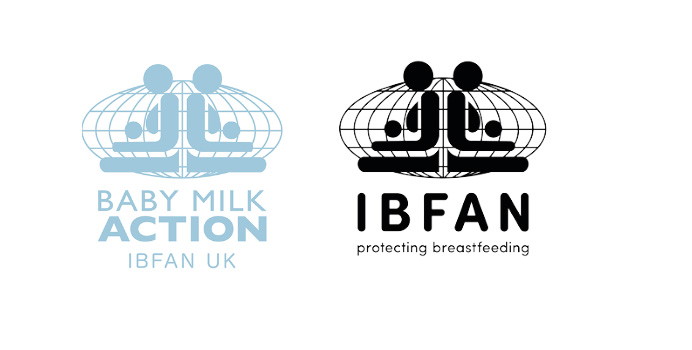The latest edition of SCN News contains an article written by myself and Patti Rundall, our Policy Director, with this title. See page 51 of http://www.unscn.org/files/Publications/SCN_News/SCNNEWS39_10.01_high_def.pdf
SCN is the United Nations System Standing Committee on Nutrition. The theme of the journal is: Nutrition and Business – How to Engage?
There is a trend being followed by some policy makers at UN, government and civil society level to see working in partnership with corporations as the way to achieve goals relating to nutrition and tackling diet-related ill health, such as Non-Communicable Diseases or NCDs. NCDs include things like heart disease (responsible for 29% of global deaths) and diabetes, which are on the increase as more and more people become overweight and obese.
We see it with the baby milk issue and our latest newsletter, Update 44, examines some specific cases where a desire by policy makers to work with corporations (which sometimes includes accepting funding) has led to the rights of mothers and babies being neglected or even undermined. Baby Milk Action engages with companies such as Nestlé and Danone through ongoing correspondence regarding marketing practices that violate international standards. As we report in Update, Nestlé is not so keen to engage with our proposals for substantive meetings to discuss the need for it to make changes to its policies and practices, or even to resolve disagreements over interpretation of the marketing requirements.
The Editorial to SCN News is generally optimistic about working with corporations, stating, for example:
Nutrition and business interests are overlapping more and more. Businesses are increasingly including product and social innovation as well as sustainability into their core corporate strategies and supply chains. Business is also continuously reaching out to new consumers, including the urban and rural poor, exploring emerging markets and engaging with other nutrition stakeholders. While these overlaps create opportunities for cooperation and convergence of interests for achieving food and nutrition security, they also carry controversy, and sometimes cause heated debate, especially on transparency and accountability issues. There are cases of actual or perceived conflicts of interest that undermine such convergence and diminish trust, jeopardizing potentially fruitful initiatives.
The journal presents some cases of initiatives involving business that are deemed to be successful by the authors and also notes: “Millions of farmers and rural entrepreneurs form the bulk of agricultural production and investments. Private businesses, of all sizes, constitute the food supply chain as it evolves from the farm to the fork.”
Like several other peer-reviewed articles in the journal, we warn that there is a failure in governance when it comes to nutrition and the industrialised food sector, which involves some of the world’s largest transnational corporations.
Before even considering how to engage with business, we argue that policy makers need to understand that executives have a legal obligation to put their shareholders’ interest before all others. If executives aren’t looking for some advantage in engaging with policy makers, they are failing in this duty. That is not to question the ethics or morality of executives; it is to state what should be obvious. However, talk of win-win solutions sometimes seems to paint too rosy – or naive – a picture of the relationships.
So we set out and describe five key steps for policy makers to take when considering nutrition, health and other issues and the role of the private sector:
1. Understand the problem and the role played by the private sector
2. Determine the appropriate public-interest response
3. Decide the appropriate relationship with the private sector in this context
4. Identify the extent of conflicts of interest, minimise them and manage those that are consid- ered acceptable or unavoidable
5. If deciding to work with the private sector in some way, avoid the language of partnership, define the relationship clearly and ensure that your original objectives do not get subverted.
Read the full article for further details.
